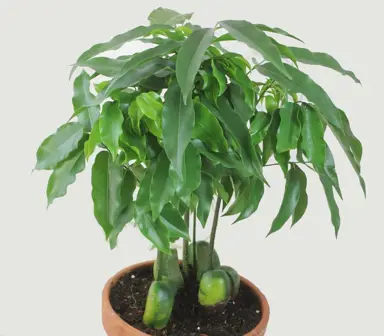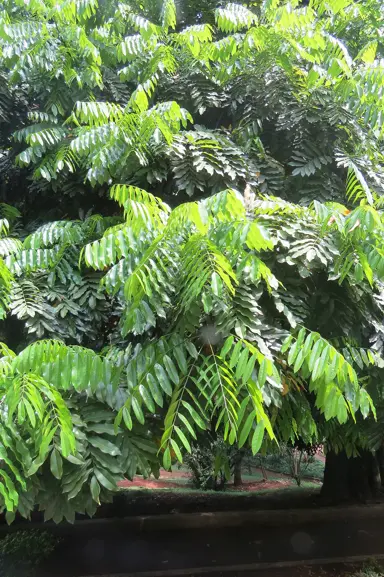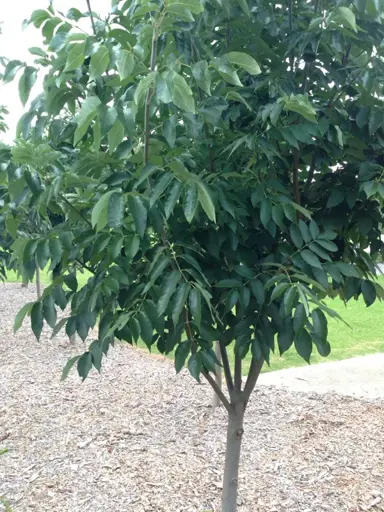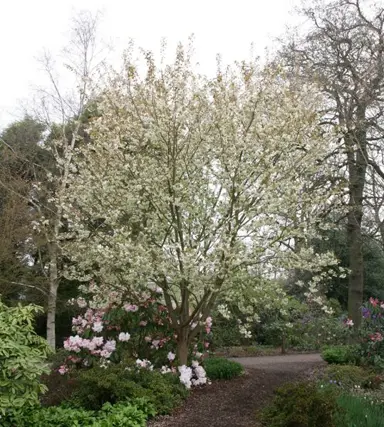Castanospermum australe
Moreton Bay Chestnut
Commonly known as the Moreton Bay Chestnut, this is an evergreen tree commonly grown as an indoor plant or added to subtropical gardens. It produces lush, green foilage off upright stems. Clusters of red, peal-like flowers are borne during late spring which give rise to the chestnut-like seeds in autumn. The seeds themselves should not be eaten as they can induce stomach cramps. It can reach 15 m tall and 7 m wide, but often reaches just 1.5 m tall and 70 cm wide when grown indoors. Best results are achieved when it is grown in full sun or partial shade on a well-drained, sheltered site that is free from frost. Moreton Bay Chestnuts are commonly included in sub-tropical gardens or maintained in a container. They make for a fabulous indoor plant when they are given some space.
Castanospermum australe is currently unavailable.
Why? Our plants are subject to seasonality and high-demand. Please contact us if you would like to know when it becomes available again.






